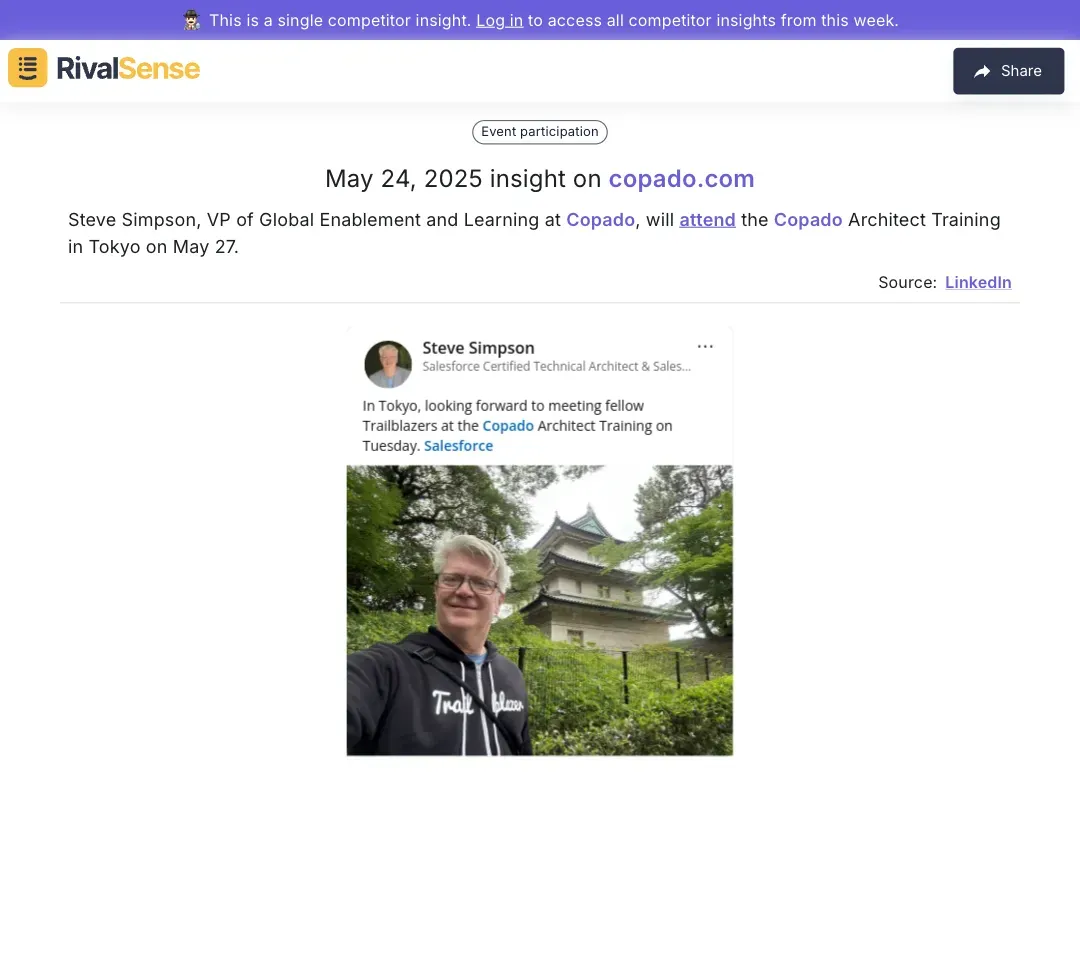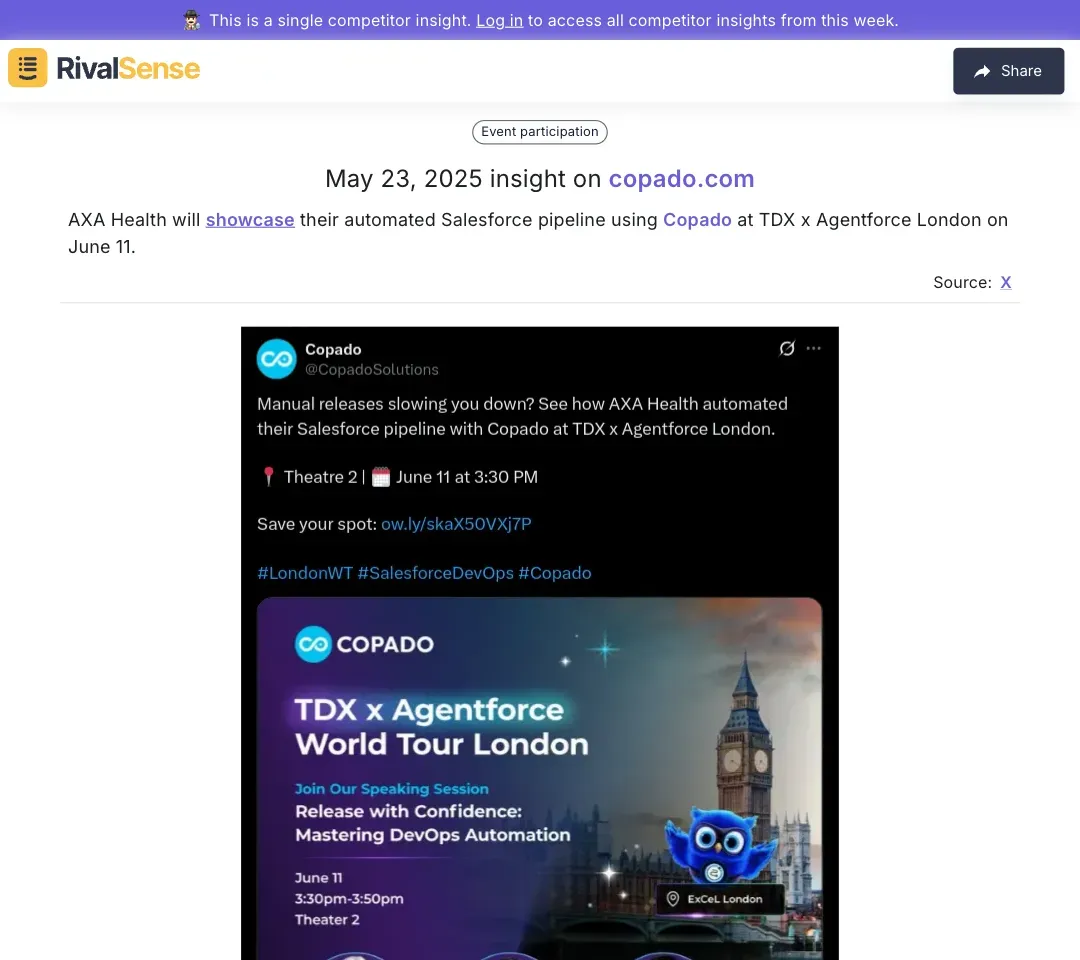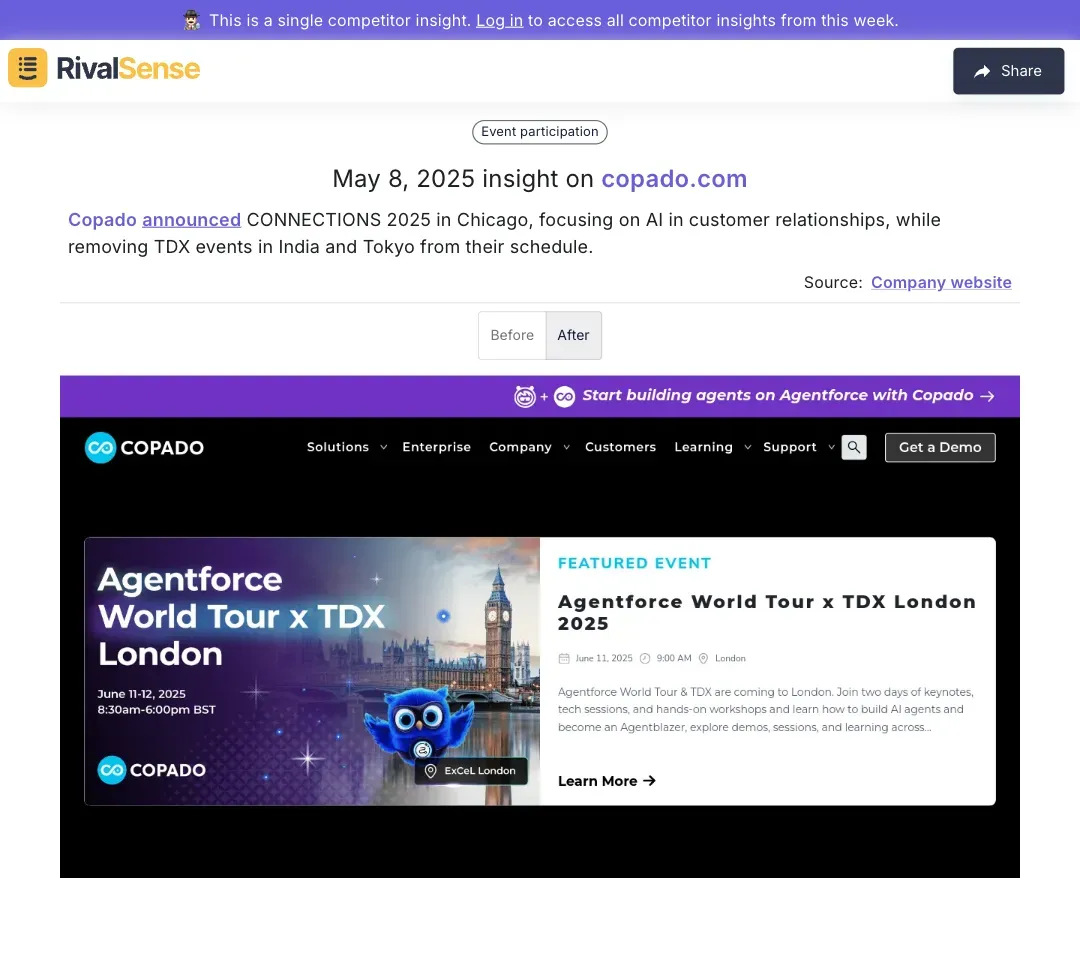Optimizing DevOps for Competitive Edge in Salesforce Development
In the fast-evolving Salesforce ecosystem, DevOps has emerged as a critical enabler of efficiency, agility, and innovation. By integrating DevOps practices into Salesforce development, businesses can streamline workflows, reduce deployment times, and enhance collaboration between teams. This not only accelerates time-to-market but also ensures higher-quality releases, giving organizations a significant competitive edge.
DevOps in Salesforce development revolves around continuous integration and continuous delivery (CI/CD), automated testing, and version control. These practices minimize manual errors, improve traceability, and enable faster iterations. For instance, leveraging tools like Salesforce DX or GitHub Actions can automate deployments, ensuring seamless updates across environments.
Current trends highlight the growing adoption of AI-driven DevOps tools for predictive analytics and proactive issue resolution. Additionally, the shift towards low-code/no-code platforms within Salesforce complements DevOps by empowering broader team contributions.
Practical steps to optimize DevOps in Salesforce:
- Automate Testing: Implement frameworks to catch issues early
- Version Control: Use Git for effective collaboration
- CI/CD Pipelines: Reduce manual intervention
- Monitor Performance: Utilize tools like Salesforce Health Check
- Training: Invest in upskilling teams regularly
Leveraging Training and Enablement for DevOps Mastery
Continuous learning forms the foundation of DevOps excellence in Salesforce environments. As technologies evolve, structured training programs become essential for maintaining cutting-edge capabilities. Tracking competitor training initiatives can reveal strategic priorities and skill investment patterns.
For example, RivalSense recently identified that Steve Simpson, VP of Global Enablement at Copado, attended specialized Copado Architect Training in Tokyo. Such insights help businesses benchmark their own training investments against industry leaders. Why it matters: Monitoring executive participation in training signals a competitor's commitment to product mastery and future capability building.

Practical enablement strategies:
- Assess Skill Gaps: Evaluate team competencies quarterly
- Invest in Specialized Training: Target courses like Copado Architect Training
- Create Knowledge Hubs: Centralize resources for continuous learning
- Promote Cross-Team Collaboration: Break down silos
- Measure Impact: Track deployment frequency improvements
Showcasing Success: Case Studies and Real-World Applications
Real-world implementations provide invaluable learning opportunities for Salesforce DevOps teams. Analyzing competitor customer successes offers tangible proof points and implementation blueprints. These case studies demonstrate practical solutions to common challenges.
RivalSense captured how AXA Health will showcase their automated Salesforce pipeline using Copado at TDX x Agentforce London. Such insights reveal which solutions gain market traction and why. Why it matters: Tracking customer showcases helps identify emerging best practices and partnership opportunities before they become widespread.

Actionable implementation framework:
- Document current Salesforce workflows
- Identify automation opportunities
- Research industry-specific case studies
- Engage at events like TDX x Agentforce
Strategic Event Participation and Its Impact
Industry events serve as critical intelligence hubs for DevOps professionals. Strategic participation provides firsthand exposure to emerging trends and competitor approaches. Selecting the right events maximizes learning and networking ROI.
Prioritize gatherings like AI-focused conferences where Salesforce innovations are showcased. Active engagement through workshops or panels yields deeper insights than passive attendance. Post-event, systematically convert learnings into actionable DevOps refinements.
Optimize event strategy with:
- Selection Checklist:
✅ Relevance to Salesforce/DevOps goals
✅ Key speaker participation
✅ Hands-on session opportunities - Scheduling Tactics:
⚡ Align with product development cycles
⚡ Balance local and global events
Adapting to Market Changes and Future Trends
Agility in responding to market shifts defines successful Salesforce DevOps teams. Real-time adaptation to customer feedback and industry signals separates leaders from followers. Future-focused organizations proactively integrate AI and automation trends.
RivalSense detected Copado's strategic pivot: announcing CONNECTIONS 2025 (Chicago AI focus) while canceling TDX events in Tokyo/India. Such adaptations signal market prioritization shifts. Why it matters: Monitoring competitor event changes provides early indicators of regional strategy adjustments and resource reallocations.

Future-proofing actions:
- Monitor Market Signals: Analyze trends bi-weekly
- Leverage AI Tools: Implement predictive analytics
- Automate Repetitive Tasks: Free up innovation capacity
- Maintain Agile Mindset: Pivot based on data
Conclusion: Building a Sustainable Competitive Edge
Sustainable DevOps excellence requires embedding continuous improvement into organizational culture. Beyond tools, it demands security integration, data-driven decisions, and cross-functional collaboration. The payoff includes accelerated delivery cycles and robust market positioning.
Initiate with a DevOps practice audit to identify bottlenecks. Implement incremental improvements like CI/CD pipelines or enhanced monitoring. Regularly review processes against Salesforce updates and team feedback.
Ready to outpace competitors?
Gain weekly insights on competitor product launches, pricing changes, events, and strategic moves with RivalSense.
👉 Try RivalSense Free and get your first competitor report today!
📚 Read more
👉 Data-Driven Insights on Competitor Hiring & Layoff Trends
👉 5 Key Benefits of Continuous Competitor Monitoring (with Real Examples)
👉 Unlocking Investment Success: The Strategic Value of Tracking Portfolio Companies
👉 How to Monitor Indirect Competitors: Strategic Guide for Business Leaders
👉 Competitive Intelligence in Medical Aesthetics: A Tactical Case Study
